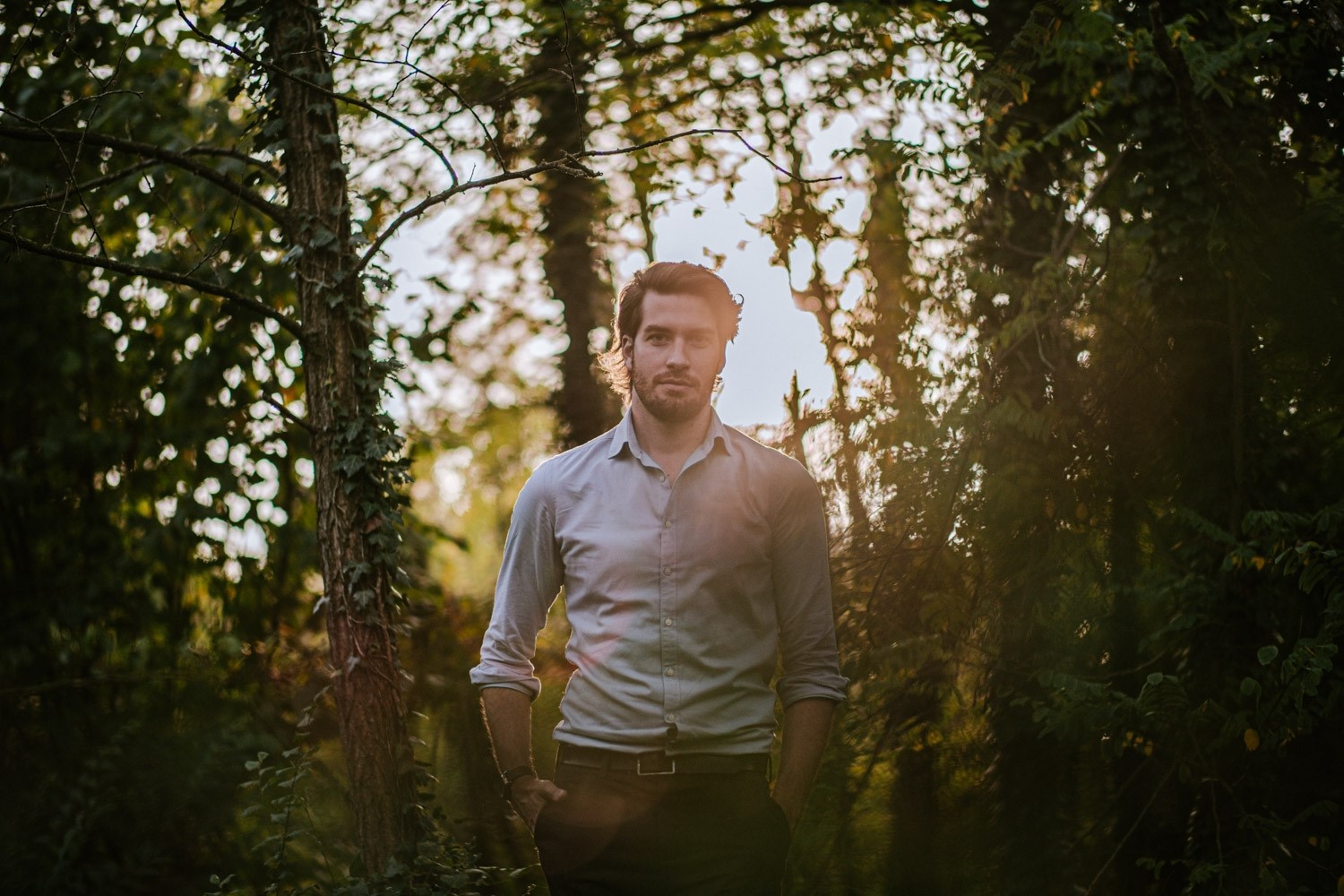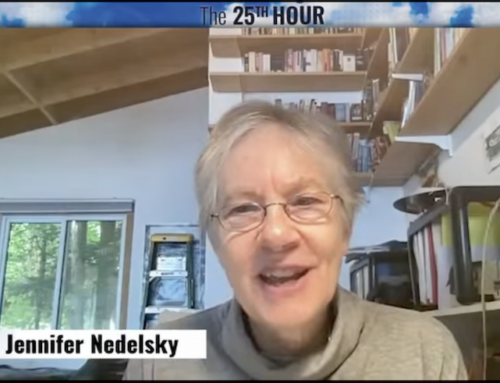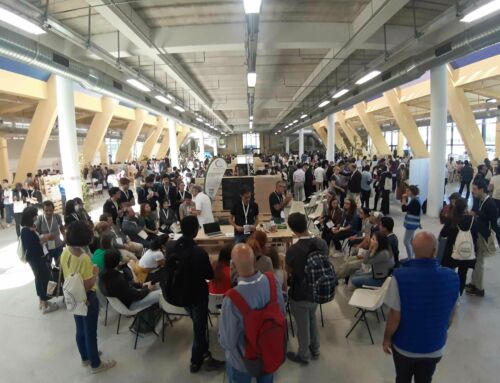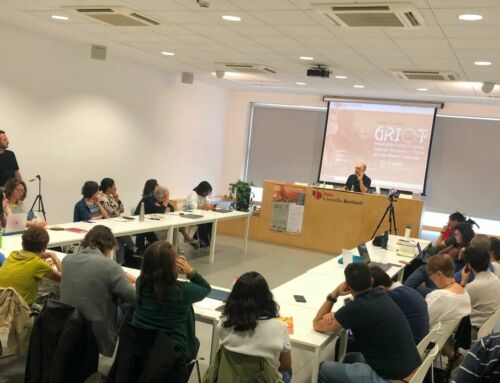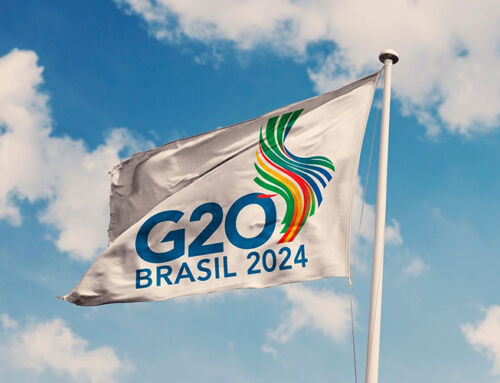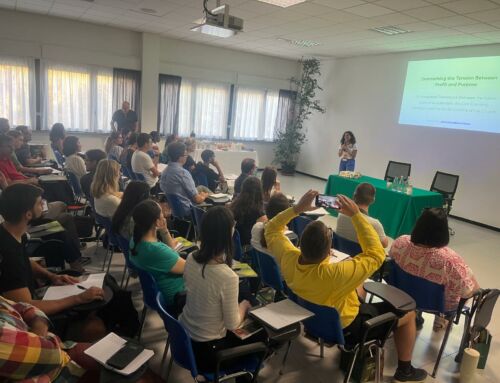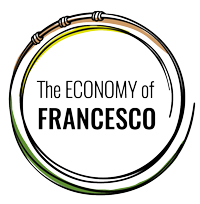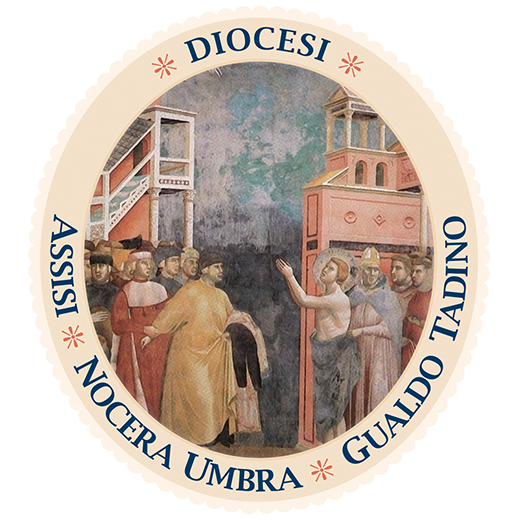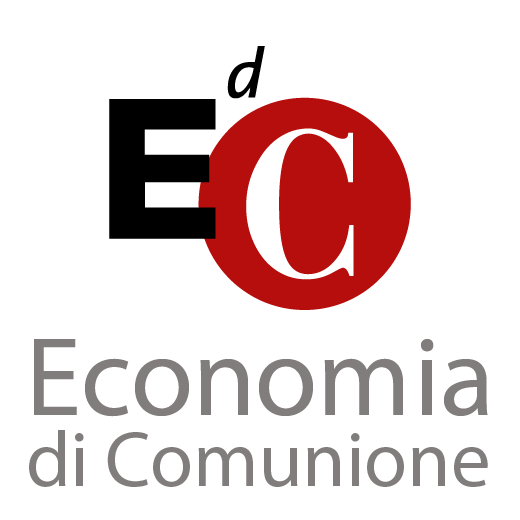Beyond the Icon, Beyond the Human: An Ecocritical Reading of Francis of Assisi across Irish and British Poetry (1960s-2010s)
by Stefano Rozzoni
published on InScriptum: A Journal of Language and Literary Studies , 5, pp. 53-85. (2024)
Abstract
This paper explores the presence of Francis of Assisi across Irish and British literature from the 1960s to the 2010s, through the study of a poetic trajectory centring on a popular episode in his hagiography known as ‘the preaching to the birds’.
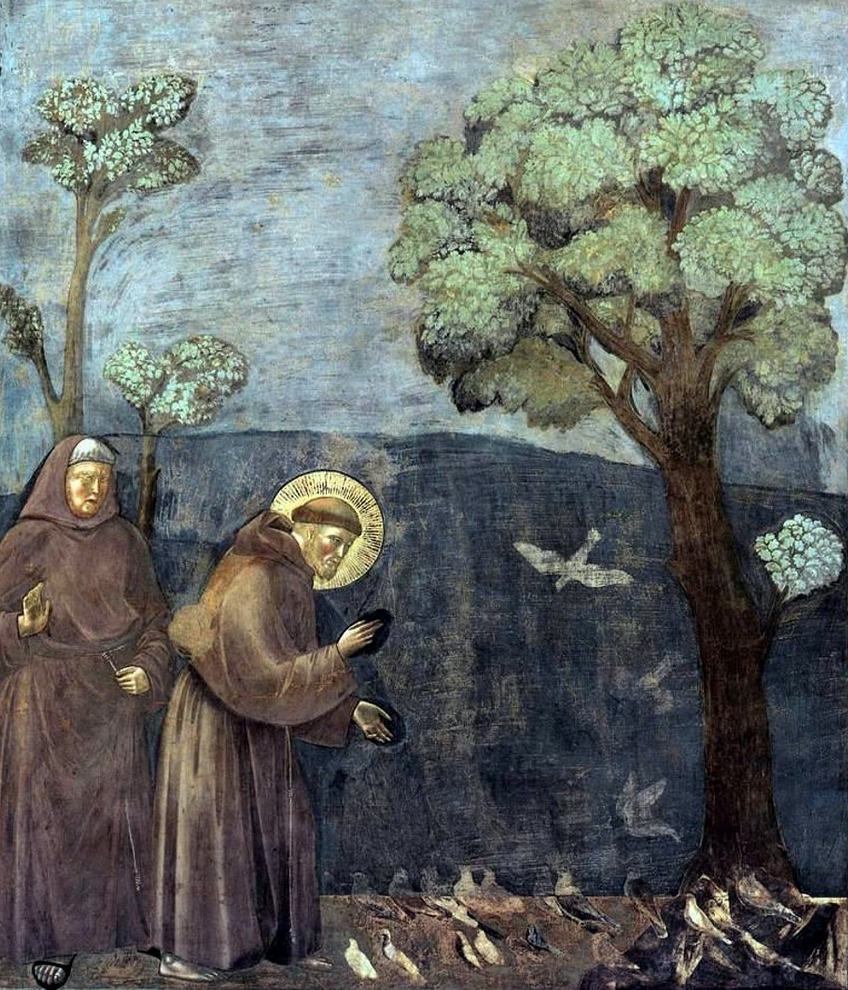
Through an ecocritical lens, my analysis investigates how this narrative entails the theme of human–nonhuman relationality revealing the ‘mature environmental aesthetics’ of the poems under examination alongside the rise of ecological discourses in the contexts of their publication. By analysing five poems by different authors – Norman MacCaig, Seamus Heaney, and Michael Longley (1960s), and Paula Meehan and Ann Wroe (1990s-2010s) – this essay gauges how poetic renderings of Francis, beyond mere simplistic assessment of his ‘iconic’ status in contemporary culture, testify to his efficacy, as a poetic subject, to engage with current debates in the environmental humanities. Specifically, I discuss how, in the selected poems, Francis fosters a paradigm shift to still-dominant mental and physical habits that have led to the Anthropocene in conceiving humans and nonhumans beyond anthropocentric, dualistic figurations, while acknowledging forms of ontological and material continuity among them.
Keywords: Francis of Assisi, preaching to the birds, ecocriticism, human–nonhuman relationality, posthumanism
Introduction
That Francis of Assisi (c. 1181-1226) represents a popular cultural icon is undoubted. Since the Middle Ages, there have been many works, in different fields, dedicated to the saint, which have contributed to shedding light on il Poverello’s attentiveness to fraternity and poverty (Cook 2008), as well as to his deep connection with creation (Johnson 2011), among other matters. After more than 800 years since the establishment of the Franciscan order, the saint’s appeal for artists of different kinds shows no signs of fading: the evergrowing production of cultural narratives–visual, textual, and performative– dedicated to his life, lifestyle, and spirituality are representative of his continuous reinterpretations (Golozubov 2015) and readaptations through different media, including film, opera, drama (Bower 2009), and even comics (Gasnick 2024 [1980]). As Cynthia Ho, John K.Downey, and Beth Mulvaney observe, ‘the future of Francis is also the future of retellings and representing his story in other genres and religious climates’ (2009: xii).
Literature has also contributed to both Francis’ popularity and his cultural impact, especially within a ‘mature environmental aesthetic’. In the Irish and British context, a trajectory can be identified since the 1960s that entangles Francis, as a poetic subject, with the topic of human–nonhuman relationality hand-inhand with the rising environmental discourses developing in that period. In a time such as the one we live in, where the effects of major anthropogenic alterations of planet earth have been unequivocally connected to specific (anthropocentric, dualistic, etc.) mindsets and lifestyles, production practices, consumption habits, and, in general, to human actions, rethinking the paradigm underlying today’s socioeconomic dynamics is a necessity. By referring to a specific episode of the life of Francis, commonly known as ‘the preaching to the birds’, the poetic trajectory under examination highlights the ways Saint Francis supports and fosters a revision of rooted anthropocentric dualistic figurations of humans and the environment, while also encouraging more ethical forms of relationality. (…)
CONTINUE READING THE ARTICLE
Stefano Rozzoni
PhD – Postdoc Research Fellow
Department of Foreign Languages, Literatures and Cultures,
University of Bergamo
[email protected]
